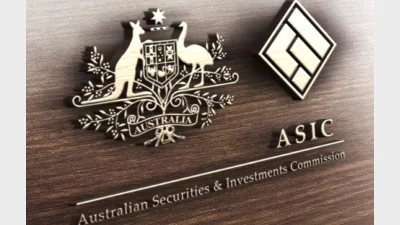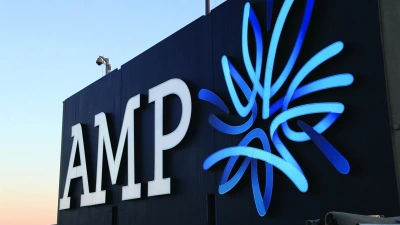Super trustee receives additional licence conditions from APRA



The Australian Prudential Regulation Authority (APRA) has imposed additional licence conditions on Diversa Trustees to address prudential concerns and recommended a third-party review of its operating model.
These new conditions were designed to address:
- The adequacy of Diversa’s resources to manage risks and meet regulatory and compliance obligations;
- Heightened inherent business risks driven by the complex structure and operations of Diversa; and
- Concerns regarding the ability of Diversa to deliver quality member outcomes, including in relation to high fees and poor investment performance.
Diversa had approximately 320,000 members and more than $11 billion in funds under management.
The additional licence conditions also sought to codify recommendations of a third-party review of Diversa’s operating model, which included matters relating to governance, risk management, and outsourcing and oversight.
Under the terms of the new licence conditions, which came into force on 23 January, Diversa was required to:
- Enhance its governance and risk frameworks, with a particular focus on third party service providers;
- Improve member outcomes through the development and implementation of a plan to address persistently high fees; and
- Conduct an independent review to ensure that APRA’s concerns have been adequately addressed.
APRA deputy chair, Margaret Cole, said the licence conditions set baseline expectations for independent trustees in the industry.
"The inherent complexity of the independent trustee model, with one trustee having oversight over a substantial number of funds, sub-funds and products, requires significant resourcing to ensure quality member outcomes.
"These licence conditions set the minimum standard for governance, risk, outsourcing and oversight, and member outcomes to ensure that Diversa is in the best position to continue as a trustee in the long term.”
In December 2022, Diversa received an infringement notice from the Australian Securities and Investments Commission (ASIC) regarding alleged greenwashing.
Recommended for you
The regulator has fined two super funds for misleading sustainability and investment claims, citing ongoing efforts to curb greenwashing across the sector.
Super funds have extended their winning streak, with balanced options rising 1.3 per cent in October amid broad market optimism.
Introducing a cooling off period in the process of switching super funds or moving money out of the sector could mitigate the potential loss to fraudulent behaviour, the outgoing ASIC Chair said.
Widespread member disengagement is having a detrimental impact on retirement confidence, AMP research has found.










